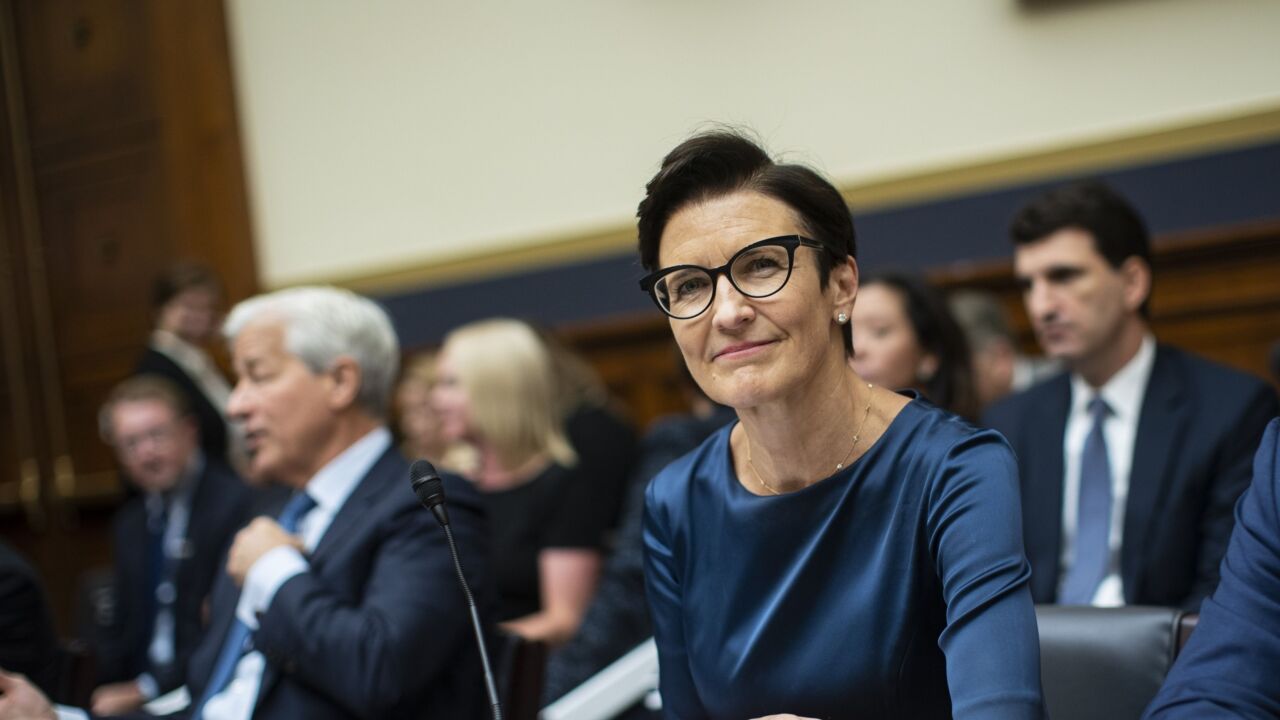Want unlimited access to top ideas and insights?
Starbucks' fourth-quarter earnings exposed the challenges retailers face when even its wildly successful loyalty program can't win over every customer.
Kevin Johnson, president and chief executive of Starbucks, attributed some of the weak financial quarter performance to softness in visits by occasional non-Starbucks rewards customers. The loyalty program itself is still going strong — it added over 1.4 million active rewards members in the U.S. during the quarter, up 11% year over year, and now has a total of 14.2 million active members.
Nonetheless, the need to transition people to the Starbucks app — and, in doing so, transition them to digital payments — is mission critical for expediting in-store interactions and capturing consumer data.

Mobile payments plateau
Starbucks has for some time been the poster child of mobile payments acceptance in the U.S., but even this success may be tapering off.
The company reported that 30% of total tender is now via mobile payment, a figure that has not increased since
Johnson highlighted several initiatives that either directly or indirectly provide an on-ramp for enrollment to the digital Starbucks ecosystem. These include mobile order and pay for non-rewards customers starting in March. At the same time, it is launching a marketing initiative to sign up customers for special offers outside of Starbucks Rewards.
“With only 14 million of the 75 million or so unique customers, who visit us each month signed up for rewards, we have a tremendous opportunity to leverage our new digital technologies to initiate and advance additional direct digital relationships,” Johnson said.
Another instrument for converting cash customers to digital comes via joint ventures with JPMorgan Chase and Visa.
The first of these is a co-branded credit card launching in February, enabling customers to earn loyalty “stars” at an accelerated rate. It also awards customers for transactions made at non-Starbucks locations. Broadening this initiative to a wider audience, Starbucks is launching a co-branded prepaid card in April, again partnering with Visa and Chase.
Big opportunity in China
While growth may be tapping out in the U.S. for Starbucks, the company is making an impressive push into China.
Of note was a Starbucks Roastery in Shanghai that is taking in $64,000 a day — twice as much as a domestic Starbucks store takes in a week.
“In my long, long history of Starbucks, I have never ever seen anything remotely like what happened, when we opened a Shanghai Roastery,” said Howard Schultz, executive chairman. “I mean, we shattered every sales record in the history of the company.”





